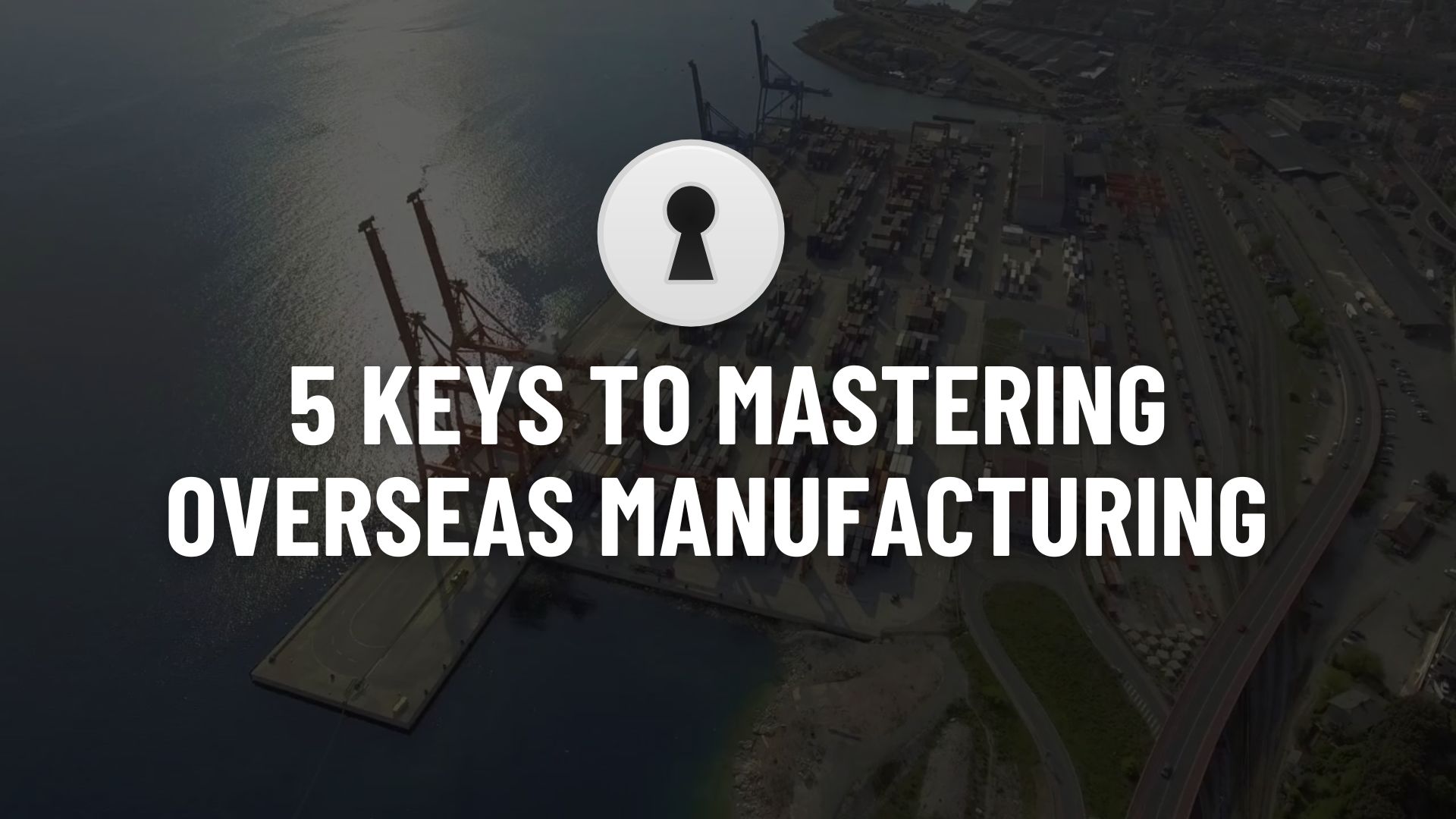China has always been at the heart of overseas manufacturing, but with rising wages throughout the country, will China maintain the level of low-cost manufacturing it’s known for?
Some experts believe that with rising wages, companies may begin moving production to countries such as Vietnam that have maintained lower labor costs. Furthermore, growth of the labor force may see a dramatic slow-down as Chinese demographics shift and policies change.
Why are wages increasing?
Retaining public support as the key motivation, the Chinese government supports increased minimum-wages throughout the country. In some provinces, wages have increased by almost 15 percent. And they are expected to keep rising until minimum-wage is 40 percent of urban salaries, part of the income-distribution plan set by the State Council at the beginning of last year.
However, according to China’s National Bureau of Statistics, urban salaries increased by 14.4 percent in 2011, whereas the increase was only 11.9 percent in 2012. This indicates the slowing of wage inflation in China’s urban areas, thereby capping the rise of minimum wage as well.
What about the labor force?
Due to the one-child policy set in the 1980s, the country is now seeing an aging population. China announced it would ease the policy in November of last year, hoping to bolster the labor force.
At the same time, they loosened the housing-registration laws, allowing workers more mobility between urban and rural areas. This could make worker retention difficult for manufacturing facilities in certain areas, potentially furthering the wage-increases.
What does this mean for overseas manufacturing?
When put into perspective, China isn’t the only country seeing rising wages. Other countries such as Indonesia, Thailand, Malaysia and many others in Southeast Asia have seen increases in minimum wage, following in China’s footsteps.
Even though labor costs may still be less in other Asian countries, the supporting infrastructure and logistics capabilities of China far outweigh the difference. China is filled with highly skilled workers and its long standing reputation as the leading source of manufacturing has allowed the country to perfect all processes involved in production. Quality control meets U.S. demands, and the array of manufacturing equipment already established in most facilities allows for unlimited customization of products.
Some believe that lower energy prices in the U.S. make manufacturing here more achievable, but actually, energy only accounts for 5-7 percent of China manufacturing costs. Shipping costs are a fractional cost component, considering it would take many months to manufacture in the United States what China can make in just a few weeks.
And, last but not least, manufacturing wages in the U.S. are increasing as well. As of January 2013, minimum wage in China averaged the equivalent of $1.19 hourly. Compare that to the United States, where factory wages are about $20.00 per hour depending on state and industry.
Outsourcing manufacturing to China is still extremely profitable, and certainly a better deal for any business that would otherwise try to produce in the United States. Contact ITI today for the quality manufacturing you want at a price you can afford.






